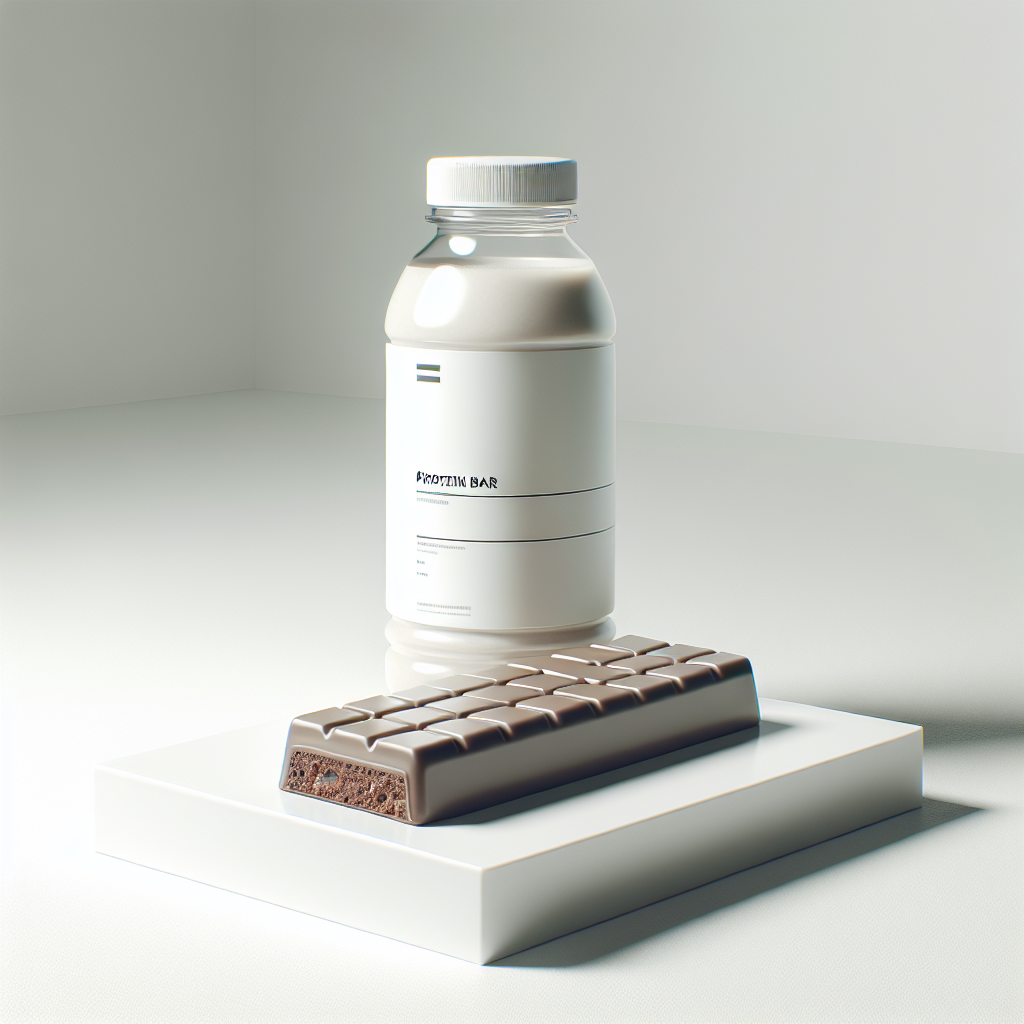Rising consumer interest in health and weight loss, particularly among millennials, is boosting sales of high-protein packaged foods and beverages, according to a new industry report by investment bank William Blair.
Products labeled as “high-protein” have seen sales increase at a compound annual rate of over 7% from 2021 to 2023, reaching over $30 billion in 2023. This growth is attributed to the increasing consumer focus on high-protein diets, especially among millennials, the report reveals.
Online searches for “high protein” hit a five-year peak in 2023. Conversations about “high protein” surged by 32% in the 12 months ending May 2023, with approximately 52% of these mentions coming from individuals aged 25 to 40.
The growing popularity of high-protein products is also linked to consumer interest in fitness and overall health. Euromonitor International’s Health and Nutrition Survey cited the primary reasons for following a high-protein diet as improving fitness and promoting better health.
The report also notes that people taking GLP-1 weight loss drugs, such as Novo Nordisk’s Wegovy and Eli Lilly’s Zepbound, may increase their protein intake to counteract lean muscle mass loss, a side-effect of these medications. Morgan Stanley analysts predict the global market for these drugs will reach $105 billion by 2030, with about 9% of the U.S. population expected to be on a GLP-1 treatment by 2035.
Businesses are beginning to adapt to these consumer trends. Nestle, for example, announced earlier this year that it would launch a line of high-protein frozen meals aimed at those on GLP-1 medications.
“Consumers increasingly want to be fit and healthy, and believe that increasing protein in their diets is a way to achieve these goals. This is reflected in their higher spending on high-protein foods and beverages,” William Blair analysts concluded in their report.
